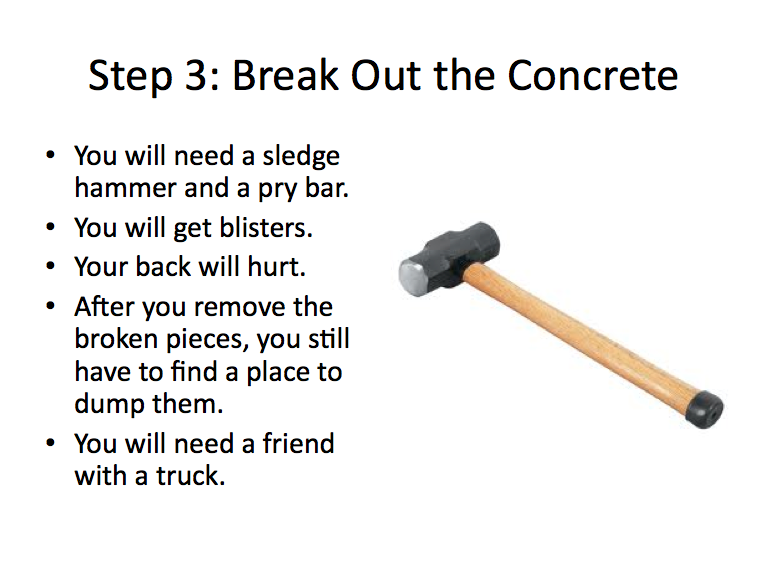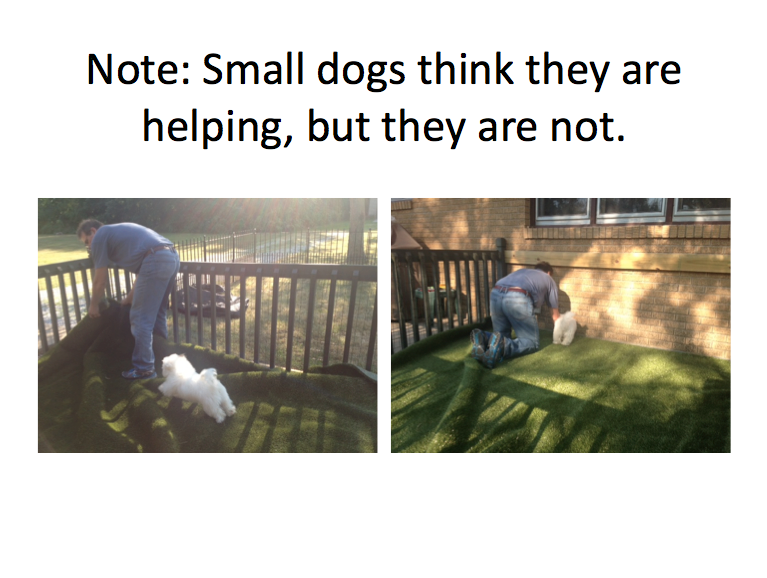The human response of seeing the same behavior in very different ways.
With billions of people on this earth, there are countless behaviors going on every day. When people behave in a certain way, those around them will make judgments: “That’s good…That’s appropriate…That’s normal.” Or: “That’s strange…That’s rude…That’s bad.” Among the people around us, we usually agree on what’s appropriate and what’s inappropriate. However, if we enter a circle that is unlike our “home” circle, people’s judgments on appropriate vs. inappropriate will differ. This blog outlines those differences.
Throughout the world, we can all agree on some behaviors as necessary and appropriate. Eating is normal. All humans eat to survive. Ditto with breathing, learning, and sleeping. When a behavior is shared among all people, we call it Universal. As human beings, we have these behaviors in common.
Within a certain group, specific rules take hold. While eating is universal, the manner of eating is not. Some people eat with chopsticks, others with forks, or others with the hands. When the rules vary from one group to another, we call those behaviors Cultural. Slurping soup, for example, is considered appropriate in China. (The “logic” is that the soup is hot or the noodles are slippery.) In the U.S., slurping of any food is considered rude. (The “logic” is that the noise disturbs the serenity of fellow diners.) Styles of eating are not universal.
Finally, there is a kind of behavior that has no seeming reason to it. When it happens, all people around the behavior judge it as strange or idiosyncratic. So, we must realize that some people behave outside the boundaries of the group rules. We call this behavior Personal.
From this, we can create a framework for behavior in which to analyze actions we observe in the world:
<———— U ——————— C ———————- P ————>
Universal behavior….Cultural behavior….Personal behavior
Everyone does it. …..One group does it. ..One person does it.
The dangers of ethnocentrism. When we make judgments about other people’s behavior under the assumption that our rules or values are the logical, the best, or the only rules to apply, we are being ethnocentric. Ethnocentrism comes from Greek words ethno (ethnic group, tribe, cultural identity) + centrism (being at the center), in other words, evaluating other peoples from the standards of one’s own culture. Basically, it’s seeing the world as if our group is at the center of it all. This is an intrinsically human flaw, something we all do.
The danger of having ethnocentric views and judgments is that outside of our narrow group (our region, our dialect, our social class, our religion, our race, our education, our sexual identity), other rules of being and behavior apply. Within those other groups, members are busy obeying other rules. And this makes it tricky to cross cultures. In terms of the chart above, we start to think that our C should be everyone’s U, and we make judgments that get us into trouble.
Questions to ask in a cross-cultural encounter. So, what should you do when you sense that this Other Person you’re talking to is not behaving by The Rules? You need to do a quick self-check before leveling further judgment (and getting yourself upset). Ask yourself these questions:
1. What are my own fears, preferences, and biases?
2. Is the behavior I’m struggling with Personal, Cultural, or Universal?
3. Could my language sound ethnocentric to the other person?
4. Finally, am I trying to solve a problem, or am I trying to be “right”?
And for a light-hearted perspective, let me share a cartoon from the famous American humorist, Gary Larson. He reminds us that even when almost everyone within one culture agrees (C ), some difficult person is going to break the rules and do something his own way (P). Some people, we can all agree, are just jerks.














































_thumb.png)
_thumb.jpg)
_thumb.png)
_thumb.png)
_thumb.png)





 50+ twisty ties (too many for one drawer!)
50+ twisty ties (too many for one drawer!)













